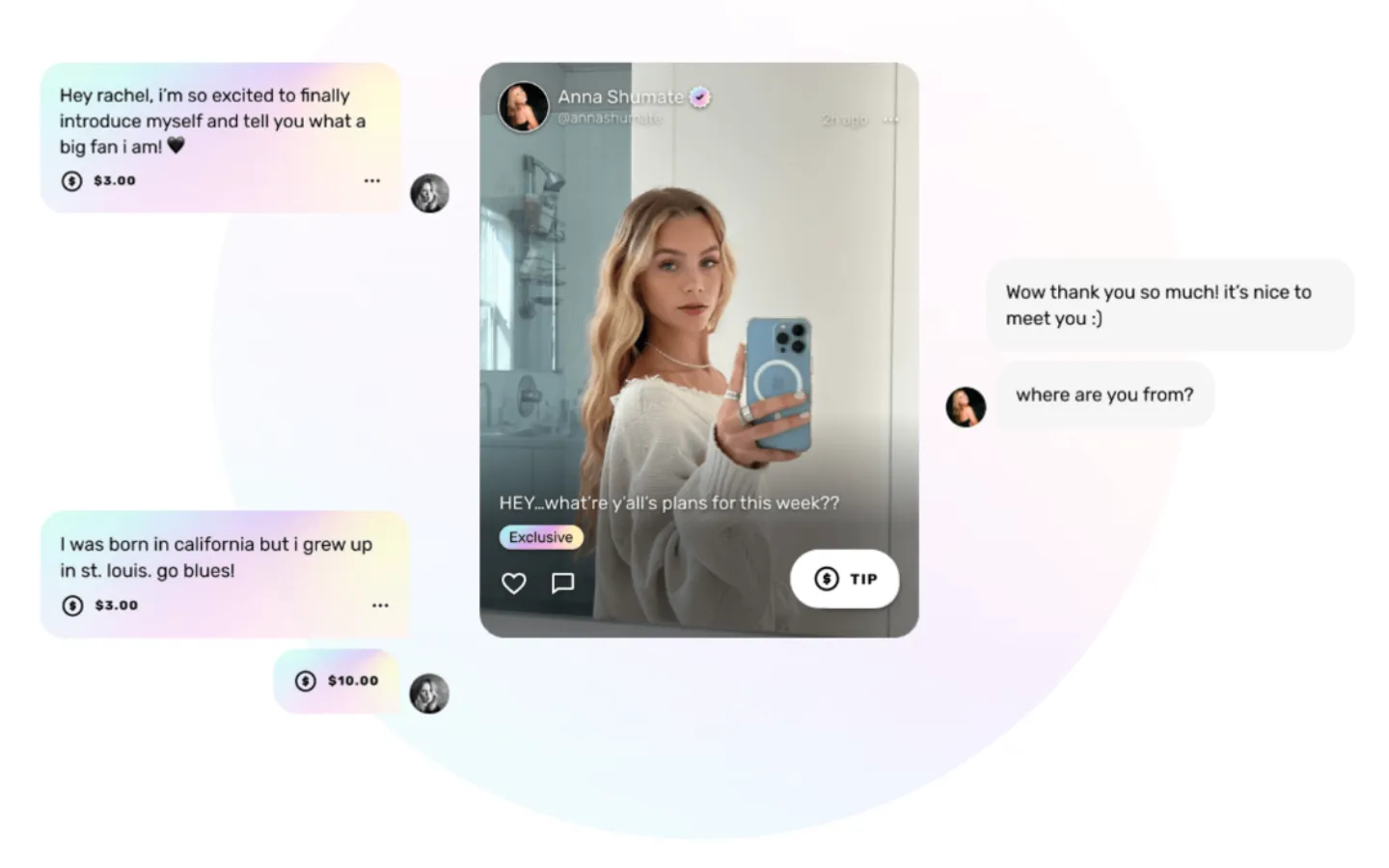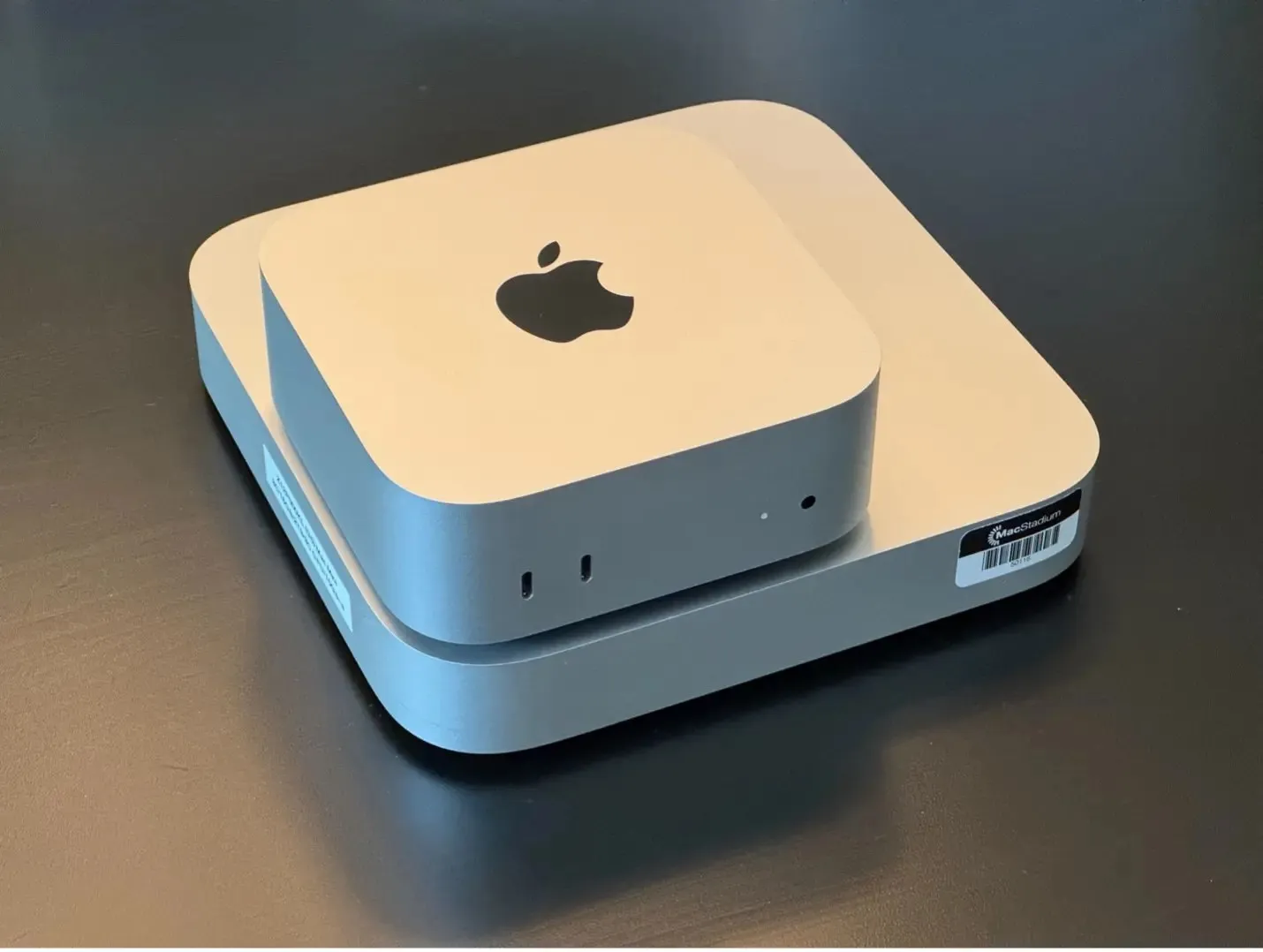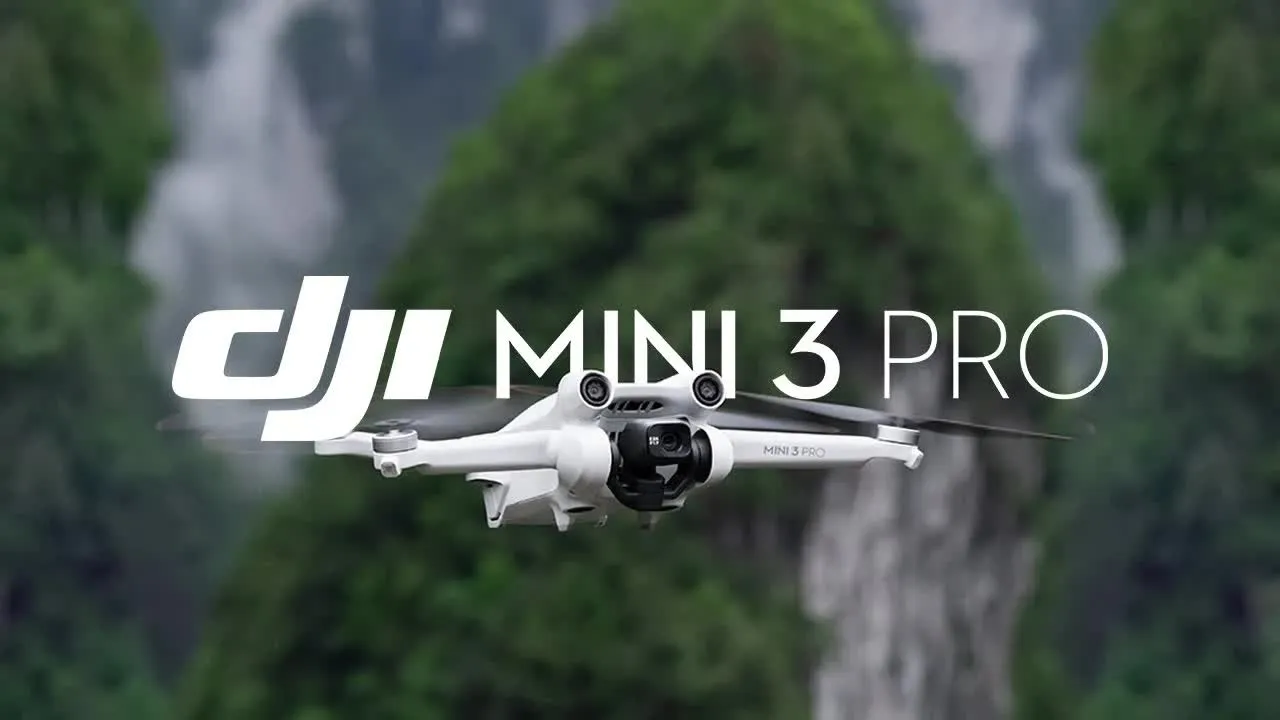Nintendo’s follow-up to the wildly successful Switch is finally here. The Nintendo Switch 2 doesn’t aim to revolutionize console gaming—but it does bring smart, thoughtful improvements that refine the hybrid experience fans have come to love. With a larger screen, upgraded performance, enhanced controls, and new social features, the Switch 2 feels like a mature evolution rather than a dramatic overhaul. Here's what makes it worth your attention in 2025.

A Bigger and Brighter Display
One of the most noticeable upgrades is the larger 7.9-inch LCD screen. It delivers full 1080p resolution in handheld mode, supporting HDR10 and a smooth 120Hz refresh rate. The result? Brighter visuals, more vivid colors, and an overall sharper gaming experience, even on the go.
When docked, the console supports 4K resolution at 60fps, a major improvement over the original’s capabilities. Games now look far more detailed on large TVs, making this a worthy upgrade for players who enjoy switching between handheld and docked modes.
Joy-Con Controllers: More Comfortable and Functional
Nintendo has redesigned its signature Joy-Con controllers with comfort and performance in mind. The new version attaches magnetically (a big improvement over the original’s rail mechanism), features a wider grip, and includes larger, more tactile buttons.
A standout addition is the new “C” button, which gives players instant access to in-game voice and video chat via Nintendo’s brand-new GameChat feature. The analog sticks are more responsive, and the updated Joy-Con even includes a mouse-style pointer mode for compatible games.

Stronger Hardware for Demanding Games
Inside, the Switch 2 runs on a custom Nvidia Tegra chip known as “Drake,” bringing support for DLSS upscaling and ray tracing. This means smoother frame rates, more detailed textures, and enhanced lighting effects in supported games. The console also boasts faster memory and storage, which dramatically reduces loading times.
This hardware leap allows the Switch 2 to run modern games like Cyberpunk 2077 and Civilization VII—titles that were previously unthinkable on a Nintendo handheld. Even older titles get a boost, with smoother performance and sharper visuals when played on the new system.
GameChat and GameShare: Built for Connection
Nintendo is finally catching up in the social gaming department. The GameChat system lets players voice or video chat directly through the console, without needing an external app or smartphone. It’s simple to use, and the first year of service is free.
Also new is GameShare, which lets two users play local multiplayer using just one game copy. This is especially useful for families or friends who want to enjoy co-op play without buying multiple cartridges or downloads.
Backward Compatibility and Upgraded Classics
Switch owners will be pleased to hear that the Switch 2 is backward compatible with most existing games. That means your current library won’t go to waste—and several popular titles have already been patched to take advantage of the new hardware.
Games like Tears of the Kingdom, Breath of the Wild, and No Man’s Sky now load faster and play more smoothly. Even long-time fans will find new joy revisiting these beloved titles with improved visuals and performance.

Flagship Titles to Kick Off the Generation
The Switch 2 launches with a strong lineup, led by the ambitious Mario Kart World. This new installment offers massive open tracks, dynamic weather, and up to 24-player online racing. It’s a true showcase for the Switch 2’s visual and multiplayer potential.
Other launch titles include Splatoon 4, Animal Crossing: New Horizons DX, and Metroid Dread Reborn—each featuring upgraded graphics, smoother gameplay, and deeper connectivity through GameChat.
Battery Life and Practical Design
Battery life on the Switch 2 ranges between 2 to 6 hours, depending on game intensity. High-performance titles use more power, but thanks to USB-C fast charging and improved thermal management, players won’t be tethered to outlets for long.
The new dock includes dual USB-C ports, Ethernet support, and active cooling to keep the system running smoothly when docked. The built-in kickstand has also been reengineered for greater stability during tabletop play.
Should You Upgrade?
At a launch price of $449.99, the Switch 2 is more expensive than the original model. However, the improvements in display, power, and connectivity offer solid value—especially for users of the first-generation Switch.
If you already own the OLED version, the choice may come down to how much you value performance, 4K support, and features like GameChat. But for those still using the base model—or new to the Switch ecosystem—this is the hybrid console Nintendo fans have been waiting for.
The Nintendo Switch 2 doesn’t try to fix what wasn’t broken. Instead, it builds smartly on a strong foundation, delivering a polished experience that blends portability, performance, and social play. It’s not a reinvention—it’s a confident evolution. And for many gamers, that’s exactly what makes it worth buying.




